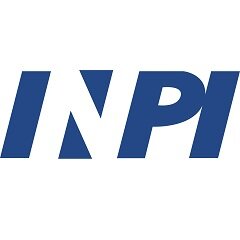Brazil’s patent system shares many similarities with that of the United States, but there are notable differences. For the most part, these differences are traceable to the unique aspects of the United States system, which awards a patent to “[w]hoever invents or discovers any new and useful process, machine, manufacture or composition of matter, or any new and useful improvement thereof.” The “first to invent” system requires more than the date of application to determine the owner of a disputed patent, which makes administration more difficult than the first-to-file system used almost everywhere else in the world. Another major difference between Brazil and the United States is who can apply for a patent. In the United States, the applicant for a patent must be the inventor, and only natural persons can be inventors, whereas in Brazil, both individuals and legal entities can invent and own patents.
Brazil also expressly prohibits patenting substances derived from living organisms and transgenic microorganisms that do not meet the three requirements of patentability: novelty, inventive activity and industrial application. Brazil further restricts the patenting of transgenic microorganisms to those that possess a characteristic not normally attainable by the species in natural conditions. Laws of nature, abstract ideas, physical phenomena, and naturally occurring substances are not patentable. However, a refined natural substance, provided that it has a new use, is patentable.
Internet: <www.tiplj.org> (adapted).


